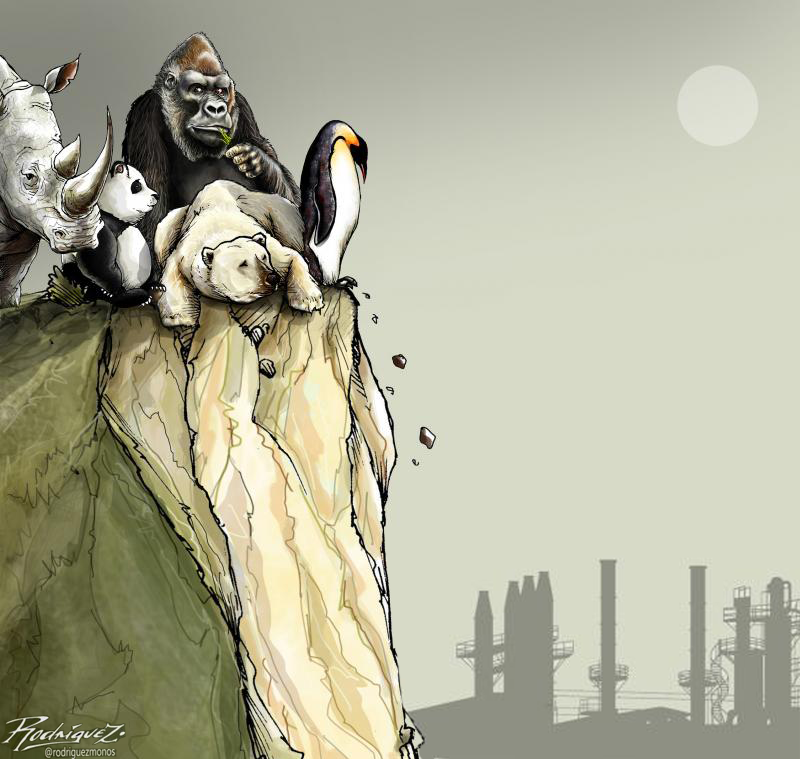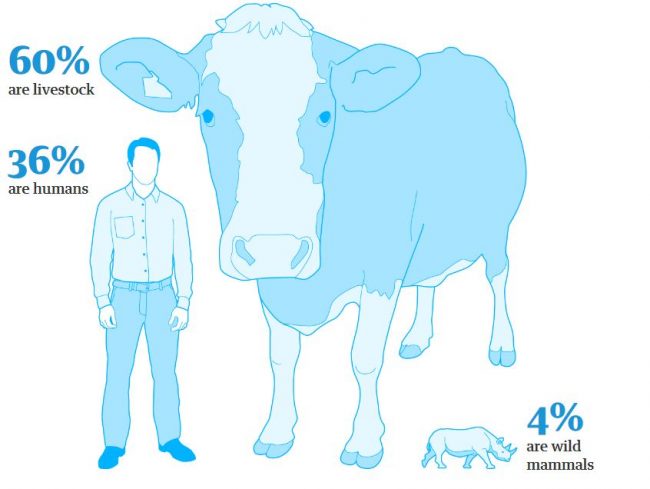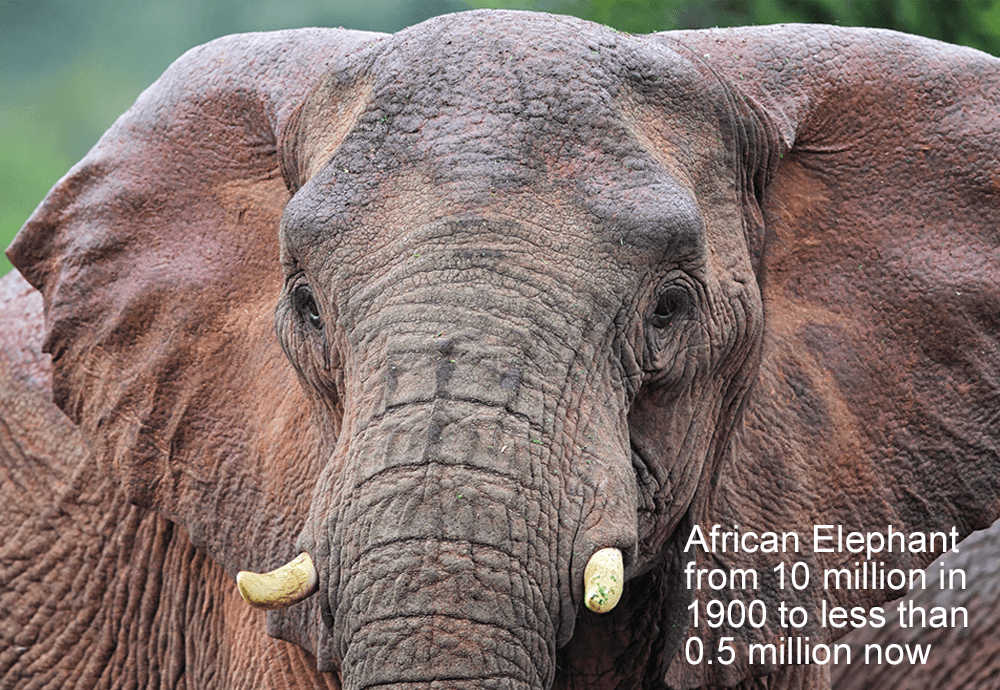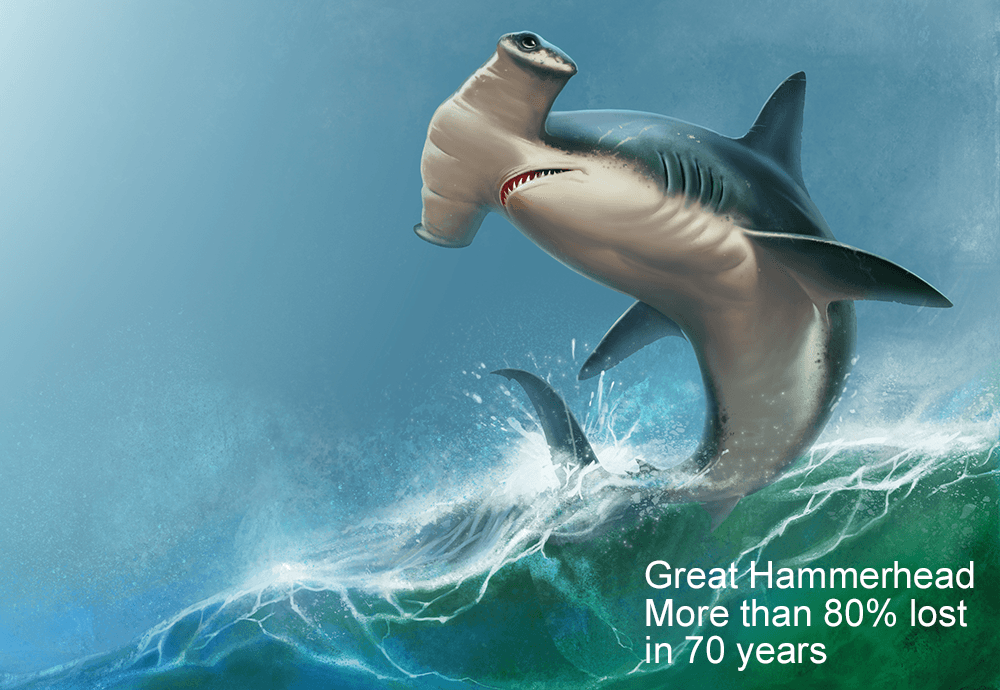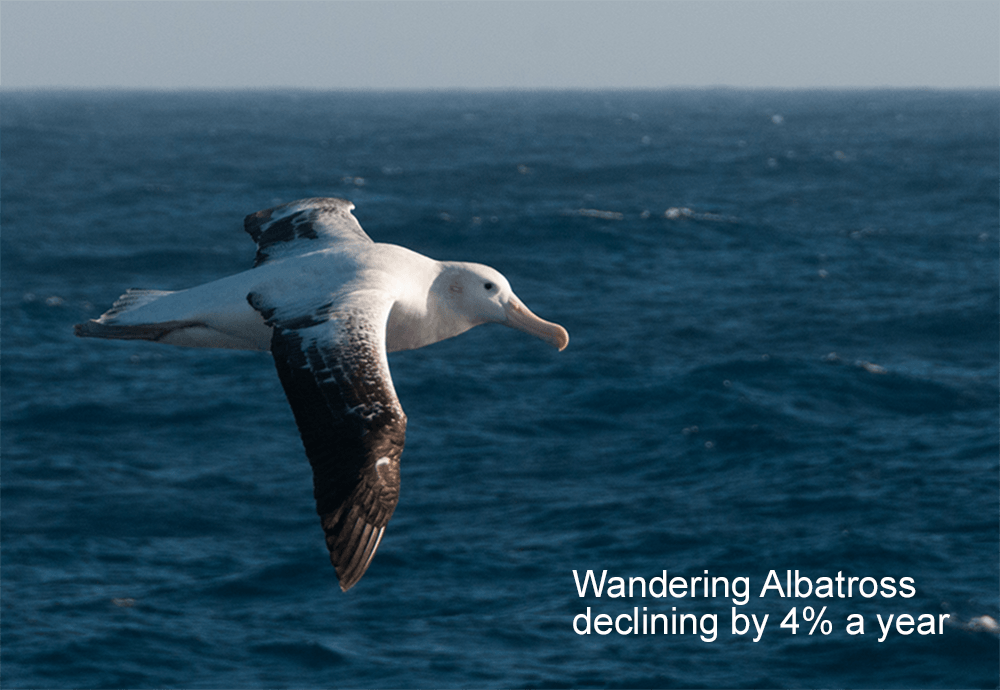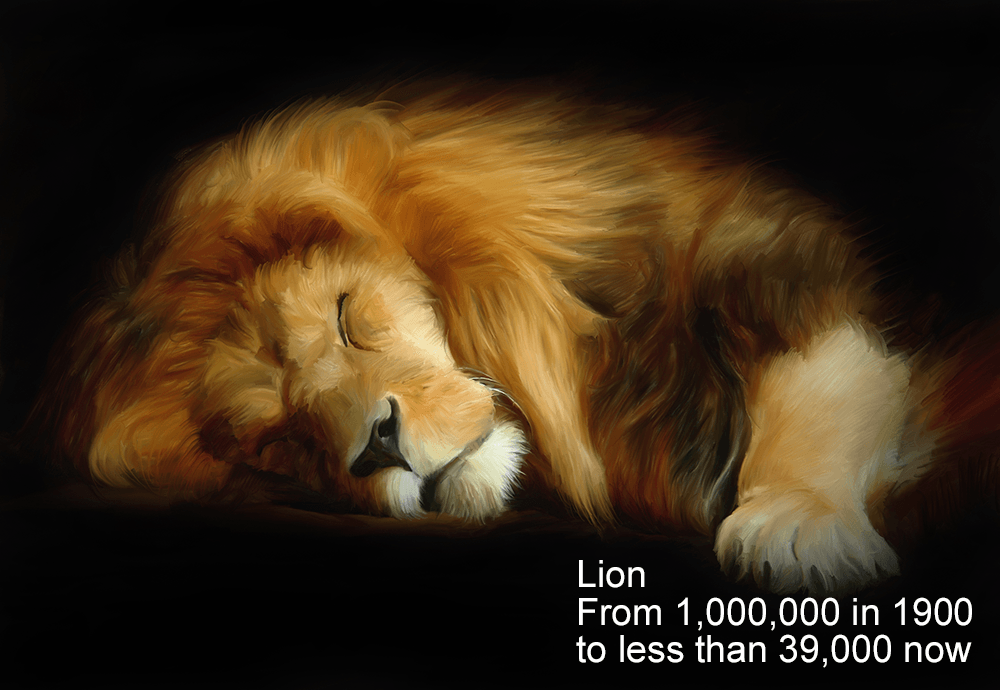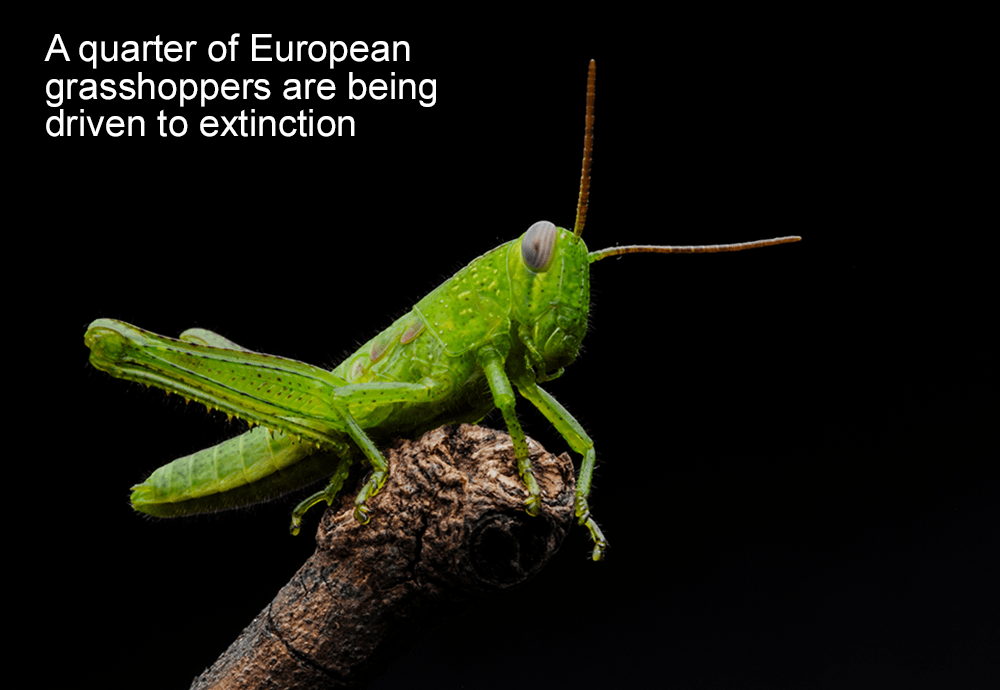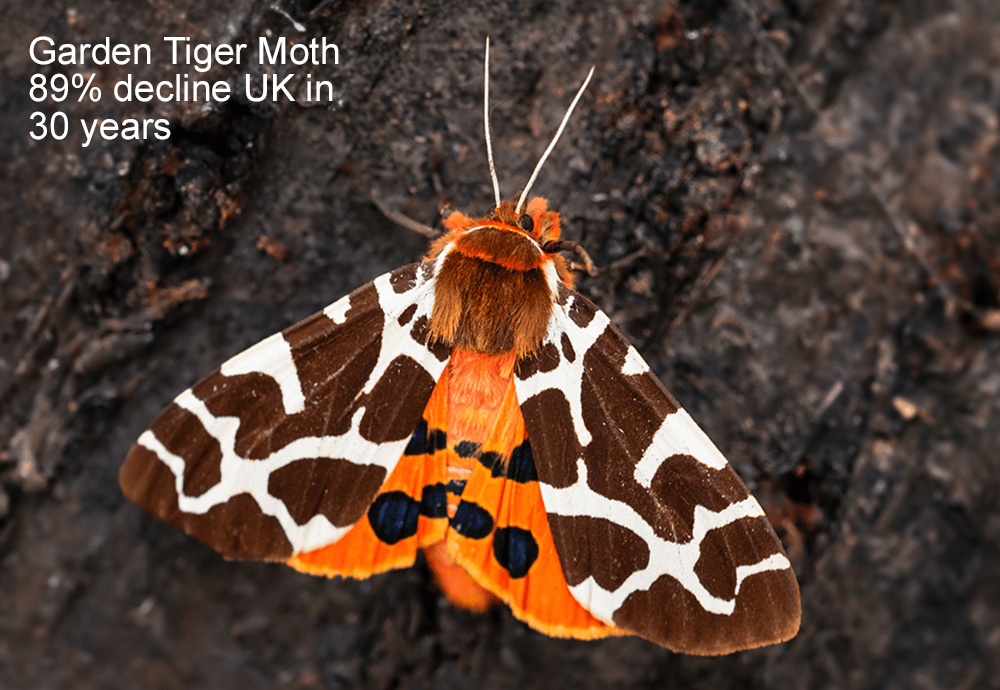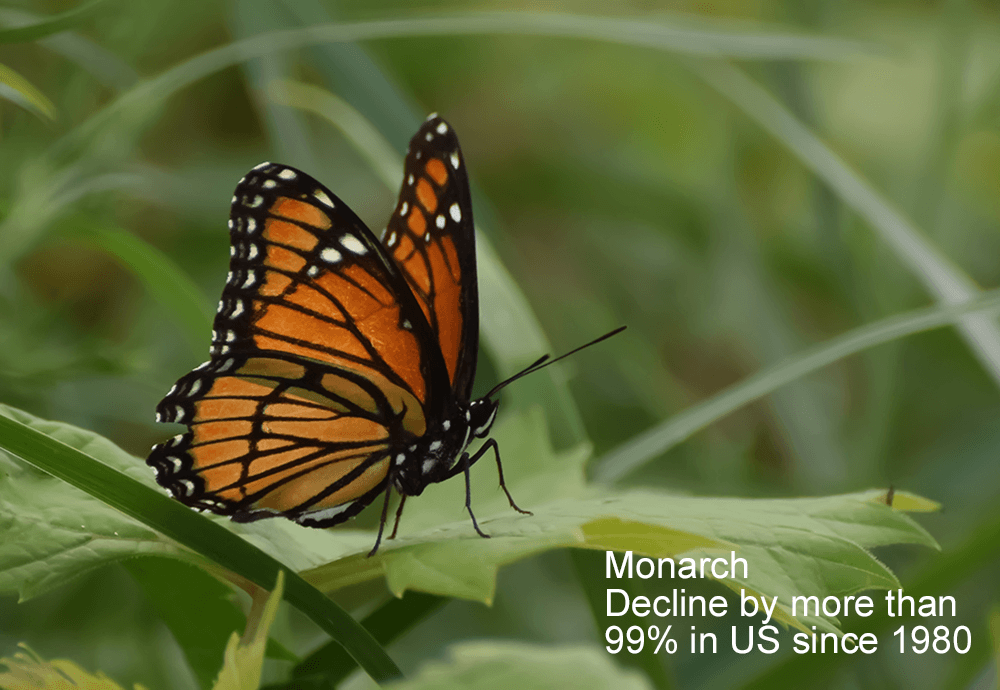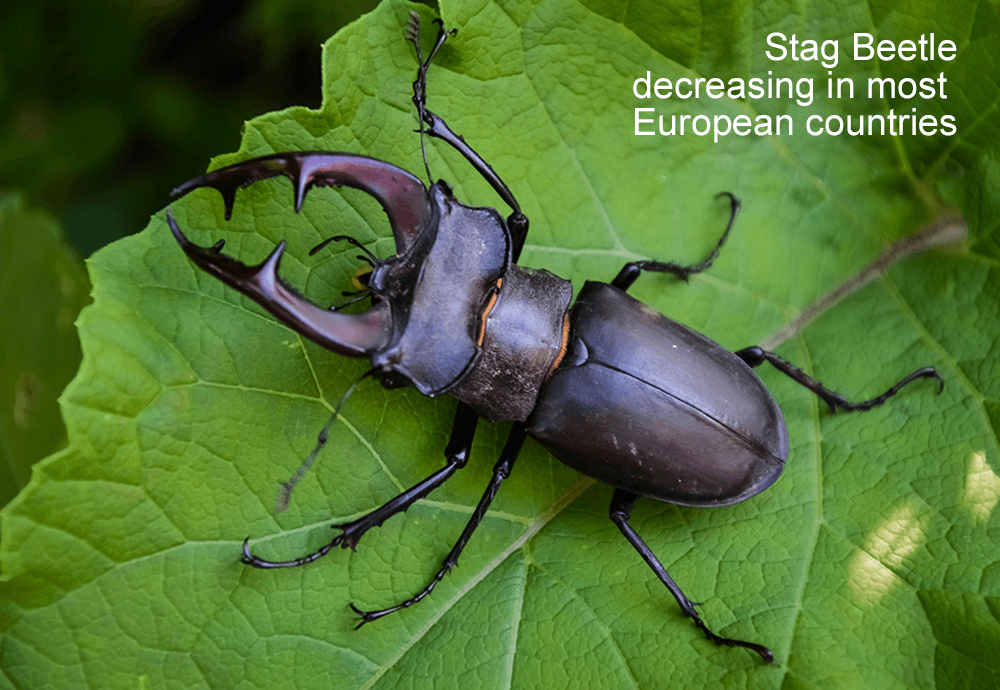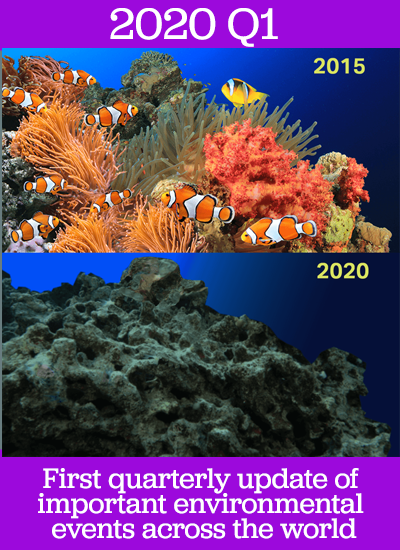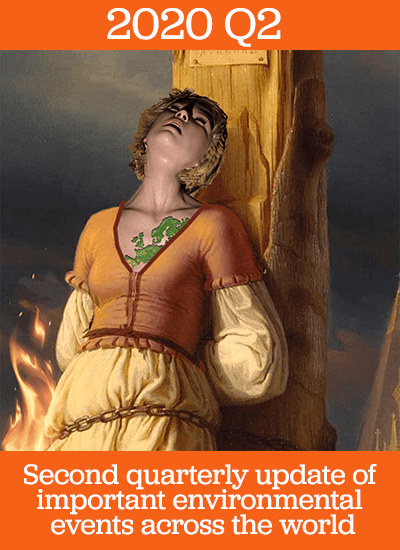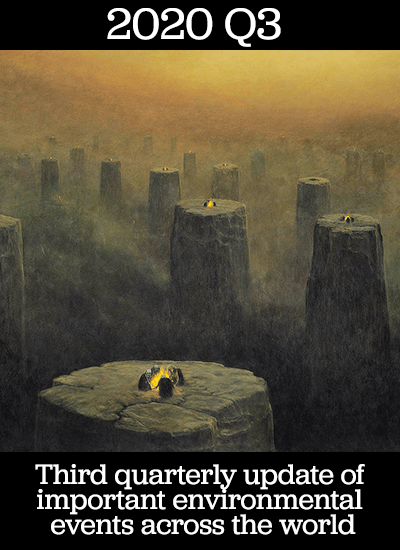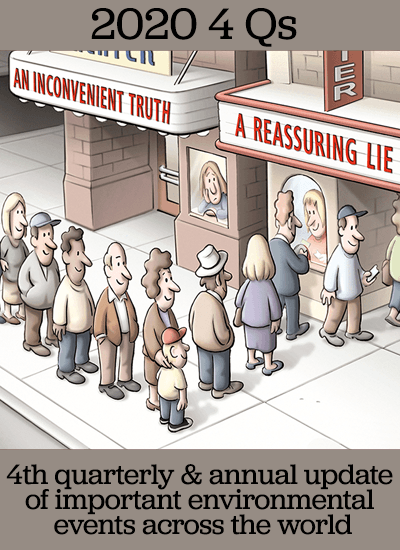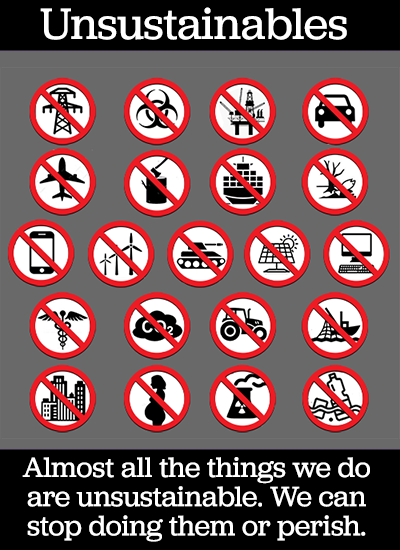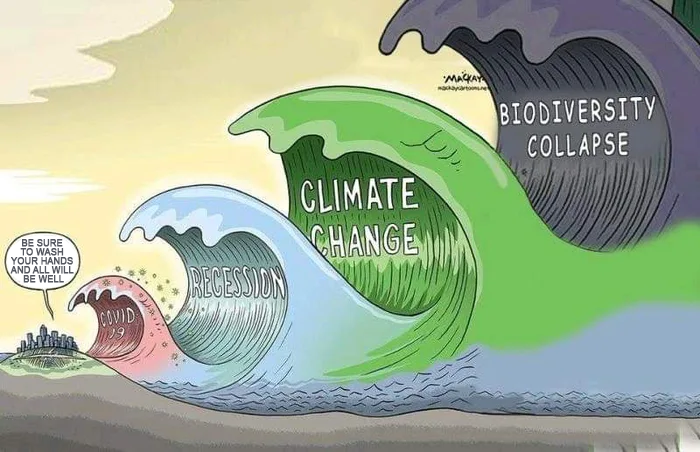The Sixth Mass Extinction
Extinction can be a natural event. Nothing lasts forever, so sooner or later all species will go extinct. Mass extinctions are something else. They are the result of extreme changes in the environment that wipe out a large proportion of all species. Five such mass extinctions occurred in the distant past, the first about 443 million years ago.
We are now in the middle of the sixth mass extinction. It started with the emergence of humans, and has been steadily accelerating as humanity's impact on the natural world became more and more destructive.
One of the most ominous and seldom publicized impacts of humanity on the environment is the loss of biomass. Biomass is the sum total of organic material that is the substance of life. It is made up of animals and plants and is constantly recycled when they die.
Before humans started to harm nature on a significant scale, the world was populated with immense quantities and varieties of animals. That started to change as humans began taking over the world, especially after the start of agriculture, 5,000 years ago. At the time the total global biomass amounted to 1,000 gigatons of carbon. Now it is only 545 GtC, roughly half. Human activities have destroyed the other half.
The enormity of this fact cannot be exaggerated. No words can express how serious this loss is. It is ecocide in its worst possible form. We have already destroyed
half of all living material on earth and are steadily increasing the rate of destroying the rest.
The biomass loss of mammals is even worse. Before humans appeared, all mammals were obviously wild animals. Now the biomass of wild mammals has dwindled to 4%, while humans and their livestock make up 96%.
The true horror of these figures is that neither humans nor livestock are sustainable. Unlike wild animals they do not interact with their environment in a balanced way. In their inflated numbers they deplete their environments. So, they have no long-term future.
This enormous loss of organic material is also reflected in the real world. We have already cut down 50% of the world's forests and degraded another 30%, destroying the abundance of animals and plants they contain.
Other natural spaces such as grasslands, wetlands, free-flowing rivers, lakes and the animals and plants living there have also declined dramatically, all as a result of human activities.
Severe reductions in the numbers of animals mark the first stage of their extinction. In that respect we have been in the midst of the Sixth Mass Extinction since the middle of the 19th century, because the numbers of wild animals have been going down dramatically since then, mainly through loss of habitat but also as a result of fishing and hunting.
In 2020 the WWF published a major report about the state of the natural world.
Its findings are apocalyptic.
It showed an average decrease of 68% in population sizes of mammals, birds, amphibians, reptiles and fish between 1970 and 2016.
For many groups of animals the figures are much worse. Wildlife populations in freshwater habitats were exceptionally hard hit, suffering a decline of 84%. Not surprisingly because their habitats, free-flowing rivers, wetlands and lakes are all but disappearing.
Marine life decreased by 36%. Bird losses are also enormous but difficult to quantify. The USA has lost about 30%. Great Britain shows a similar picture.
(Outdoor cats, by the way, have been wrongly accused of posing a major threat to bird populations. This was mainly due to a deeply flawed study in the USA from 2013, which claimed that cats killed many more birds than previously thought. Its findings were refuted by the Royal Society for the Protection of Birds, the world's oldest and most respected bird protection organization. Its views on the subject are clear.
"Despite the large numbers of birds killed by cats in gardens, there is no clear scientific evidence that such mortality is causing bird populations to decline. This may be surprising, but many millions of birds die naturally every year, mainly through starvation, disease or other forms of predation. There is evidence that cats tend to take weak or sickly birds.
Those bird species which have undergone the most serious population declines in the UK (such as skylarks, tree sparrows and corn buntings) rarely encounter cats, so cats cannot be causing their declines. Research shows that these declines are usually caused by habitat change or loss, particularly on farmland.")
The cause of all this carnage is simple: far too many humans doing far too many unsustainable things.
Even worse, the disappearance of all these larger, highly visible animals is by no means the greatest of our worries.
The loss of insects, which is also taking place on a massive scale, is a much greater threat, and what is even more threatening again is humanity's feeble response to the terrifying numbers.
One of the first wake-up calls was published in October 2017. It presented the result of an extremely thorough study conducted in Germany since 1989, showing that 75% of flying insects in nature reserves across the country had vanished in 25 years. That is apocalyptic. Life in its present form will not be possible without insects.
The news created a flurry of excited headlines in the media, but this was short-lived and quickly forgotten.
In October 2018 another study from a rainforest in Puerto Rico painted an even bleaker picture of the situation there. However, its findings were contested by other researchers.
In 2019 a global scientific review found that 40% of insect species were declining, one third were endangered, the rate of extinction was 8 times faster than other animals and the total mass of insects was falling by 2.5% a year.
Again there was a brief outburst of attention in the media and little else.
In January 2021 the National Academy of Sciences of the USA devoted a special issue of its proceedings to the "Insect decline in the Anthropocene: Death by a thousand cuts". Two things stood out:
- Far too little research has been done and is being done
- What little is known is so alarming that drastic action is urgently required
In a sane world all these warnings should have led to an abundance of amply funded research globally and serious attempts to protect insects in places where they are dying out. It is a simple matter of life and death. Theirs and ours. No insects, no humans.
But little or nothing was done. Instead, humanity remained obsessed with COVID-19, although it posed no existential threat at all. Precious time was lost and is still being lost while this growing and much more dangerous threat is ignored. It suggests that we are simply unable to understand and react rationally to major disasters. And that may be the scariest prospect of all.
"The warnings about global warming have been extremely clear for a long time. We are facing a global climate crisis. It is deepening. We are entering a period of consequences."
Al Gore
"Chimpanzees, gorillas, orangutan shave been living for hundreds of thousands of years in their forest,living fantastic lives, never overpopulating, never destroying the forest. I would say that they have been in a way more successful than us as far as being in harmony with the environment."
Jane Goodall
